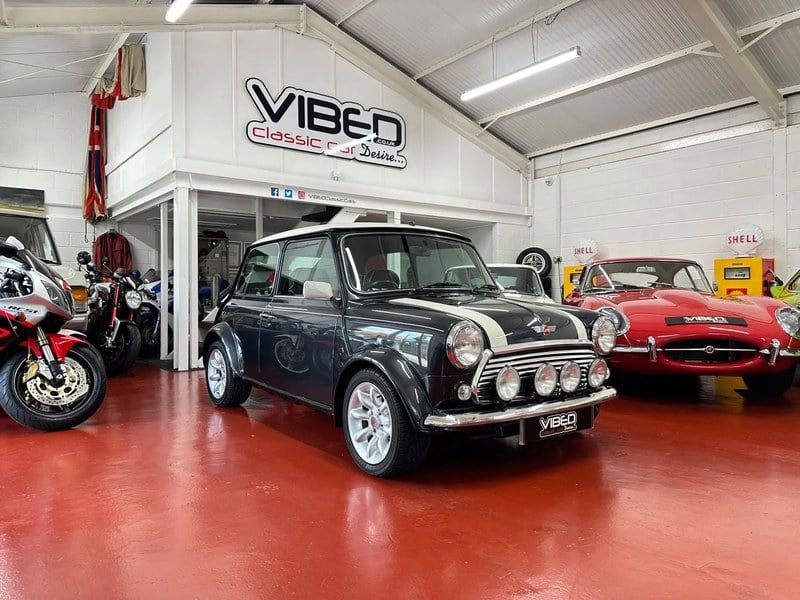Description
Morris Mini-Cooper S 1275
VIN
K - Cooper S
A - series engine. Any standard Mini engine for the period
848cc
970cc Cooper S
997cc Cooper
998cc Cooper and non-Cooper
1071cc Cooper S
1275cc Cooper S
2S - 2-door saloon/ sedan.
4 - Mk I Morris
L - Left hand drive.
820595 - The sequential build number
First registration 16/ 04/ 1966
In-Line 4 - 1275cc - 75 ch
4 Speed Manual
White with red leather interior
Construction time from 1964 to 1967
Price New GBP 756
Number produced approximately 4, 986 MK1 Cooper S cars were produced.
Story
The Morris Mini-Cooper S with 1071 cc capacity had been on sale since March 1963 and it was joined by two further Cooper S models in spring 1964: one with a capacity of 970 cc (own dataset) and the new top model with 1275 cc.
As with the basic models, the British Motor Corporation (BMC) marketed the two new Cooper S versions as Austin and as Morris.
The two models only differed in the type badges and the radiator grille (Austin Mini-Cooper S with 11 horizontal, scalloped bars and the Morris Mini-Cooper S with 7 wider horizontal scalloped bars).
The 1275 Series model was developed as the basis of homologation for the 1300 cc class in international rally sport.
The 1275 Series works Minis were extremely successful and dominated this sport for successive years.
The three overall wins in the Monte Carlo Rally in 1964, 1965 and 1967 provided impressive testimony to their performance.
The cylinder head was reworked again in order to further increase the capacity of the Cooper S engine.
From early 1966 the extra fuel tank and oil cooler became standard items.
The stroke was lengthened from 68. 3 mm to 81. 3 mm while retaining the same bore (all Cooper S engines had the same bore) and this provided a capacity of 1275 cc.
The modified engine now delivered 75 h. p. at 5800 r. p. m., had a maximum torque of 110 Nm at 3000 r. p. m. and compression of 1 : 9. 75.
BMC supplied the new Cooper S with a choice of further gear ratios and final drive ratios in order to supply a vehicle capable of meeting the sporting ambitions of potential buyers.
These extras were fitted as standard from the beginning of 1966 to comply with homologation regulations.
From September 1964, BMC introduced hydrolastic suspension system for all Minis, i. e. the new Mini-Cooper S was also fitted with the new suspension system from autumn.
As with the other Cooper S models, the external appearance of the Austin/ Morris Cooper S "1275" didn't differ from the more sedate Cooper versions.
Only the perforated wheel rims, the additional "S" in the type badges at front and back, and the second filler neck on the right-hand side (if installed) marked out the special Mini-Cooper.
With an acceleration of 11 seconds to 100 km/ h and a top speed of around 160 km/ h (with variations depending on the ratio), the standard version of the most powerful Cooper S was already achieving the driving performance of a full-blooded racing car.
In contrast to the smaller Cooper S models, where production came to an end after one year in each case ("1071": 1963-64; "970": 1964-65), the 1275 Series model had a significantly longer production phase and progressed to become the most prominent version of the Mini-Cooper S.
More pictures available
Visible only on appointment
For further information , please contact us +32 (0)2 681 81 00 & using the button below
















